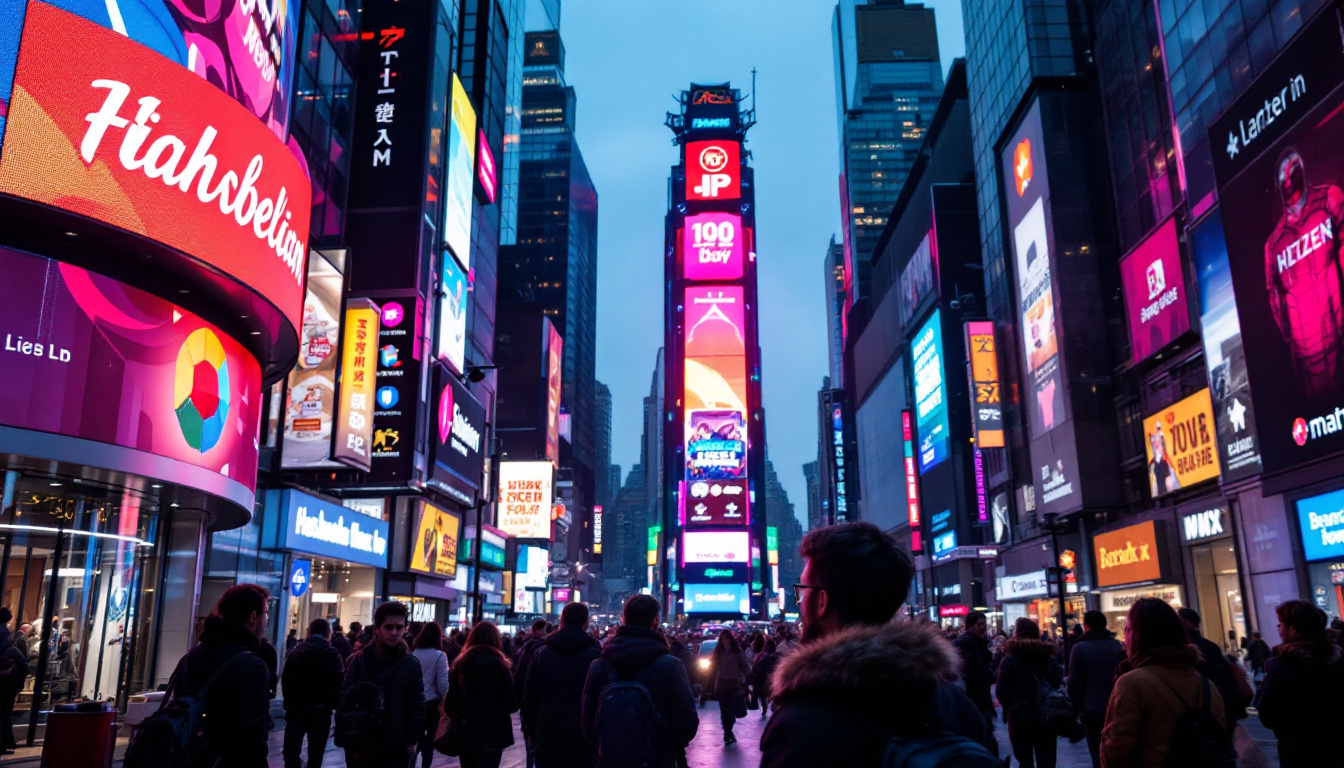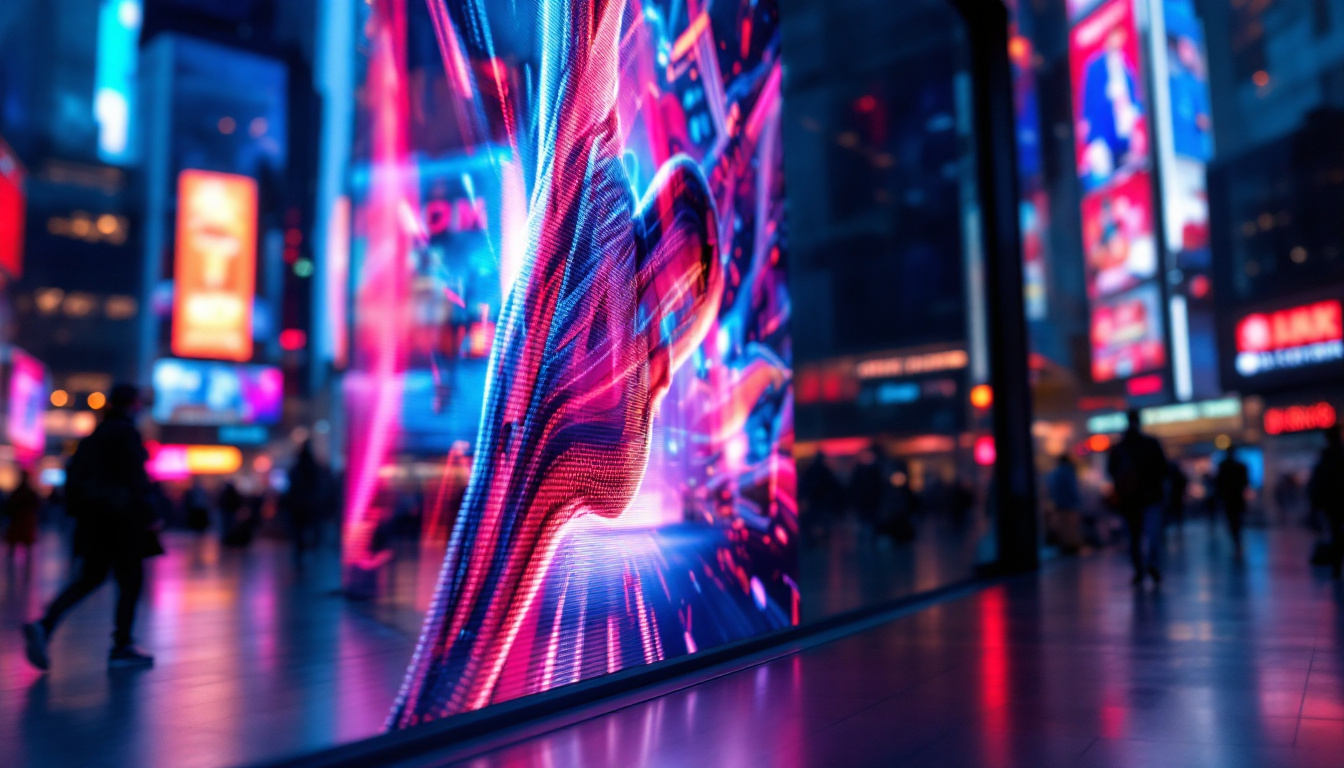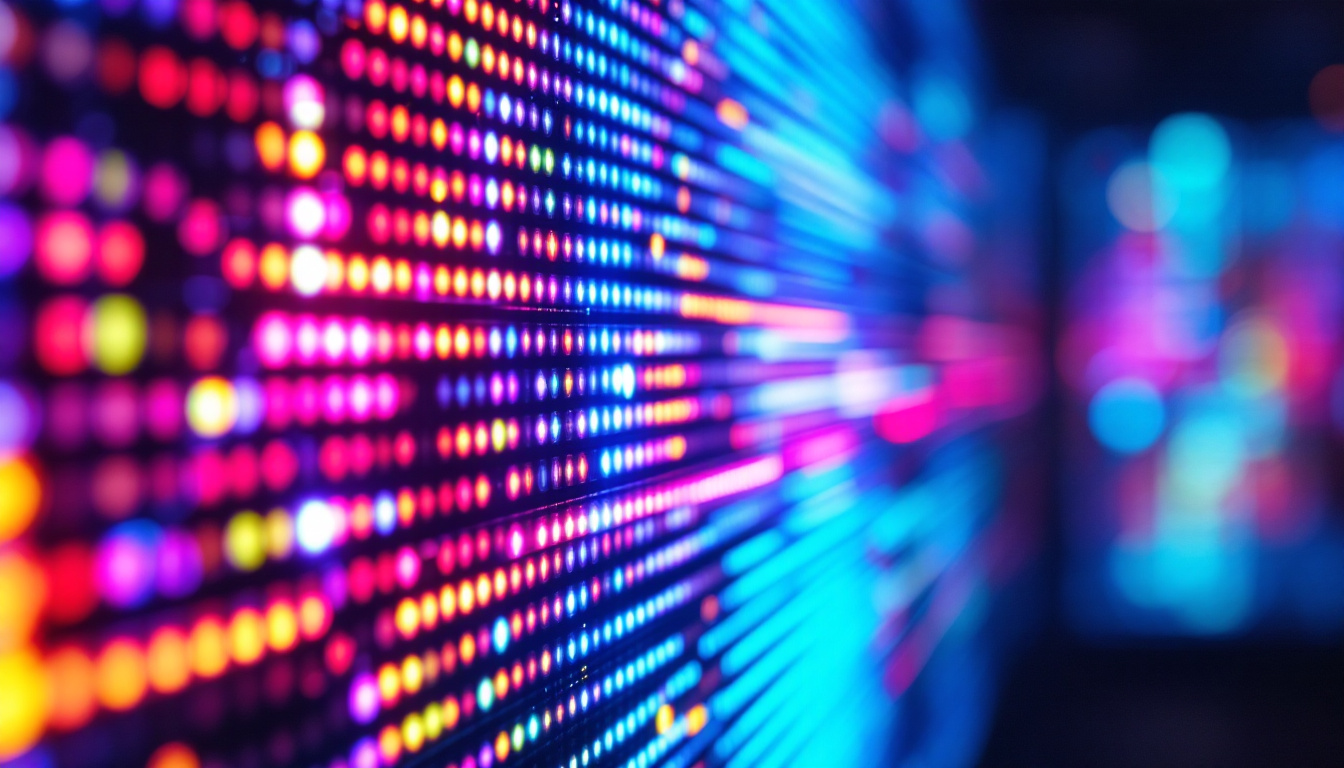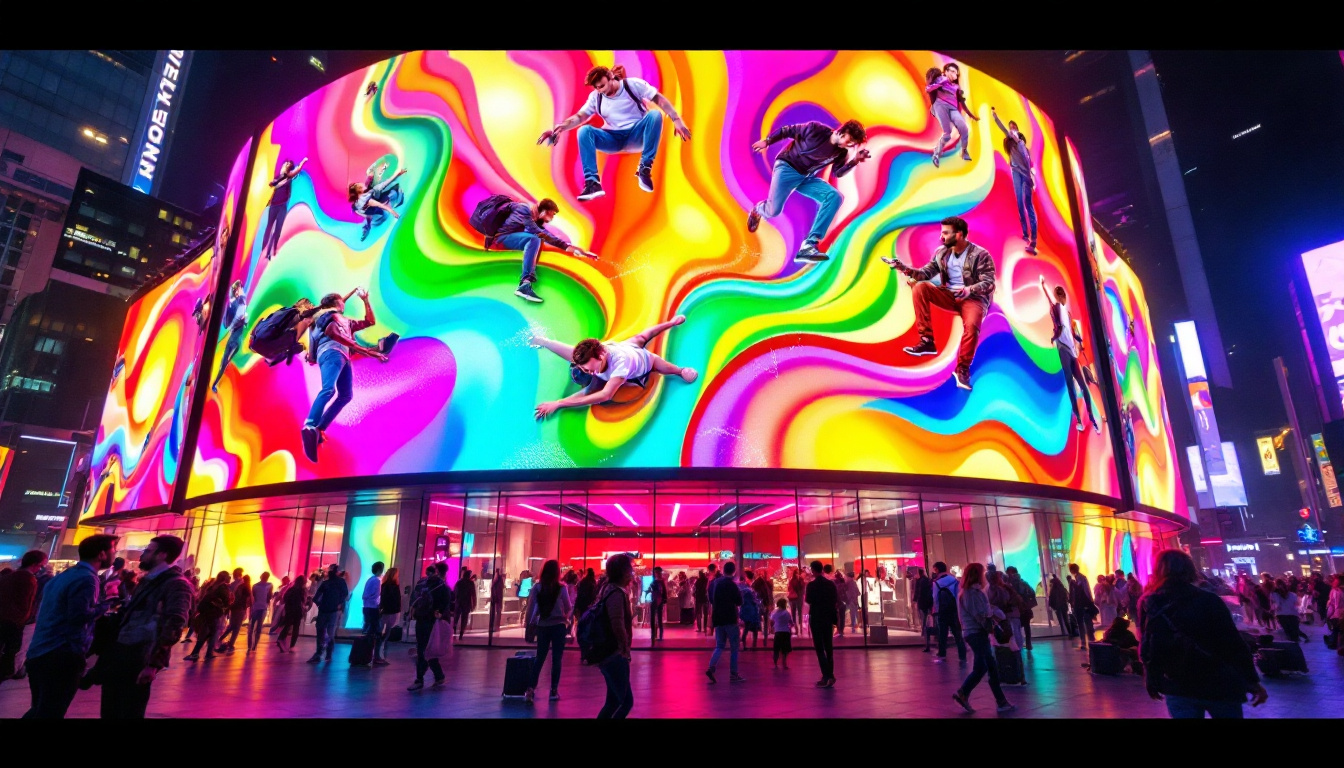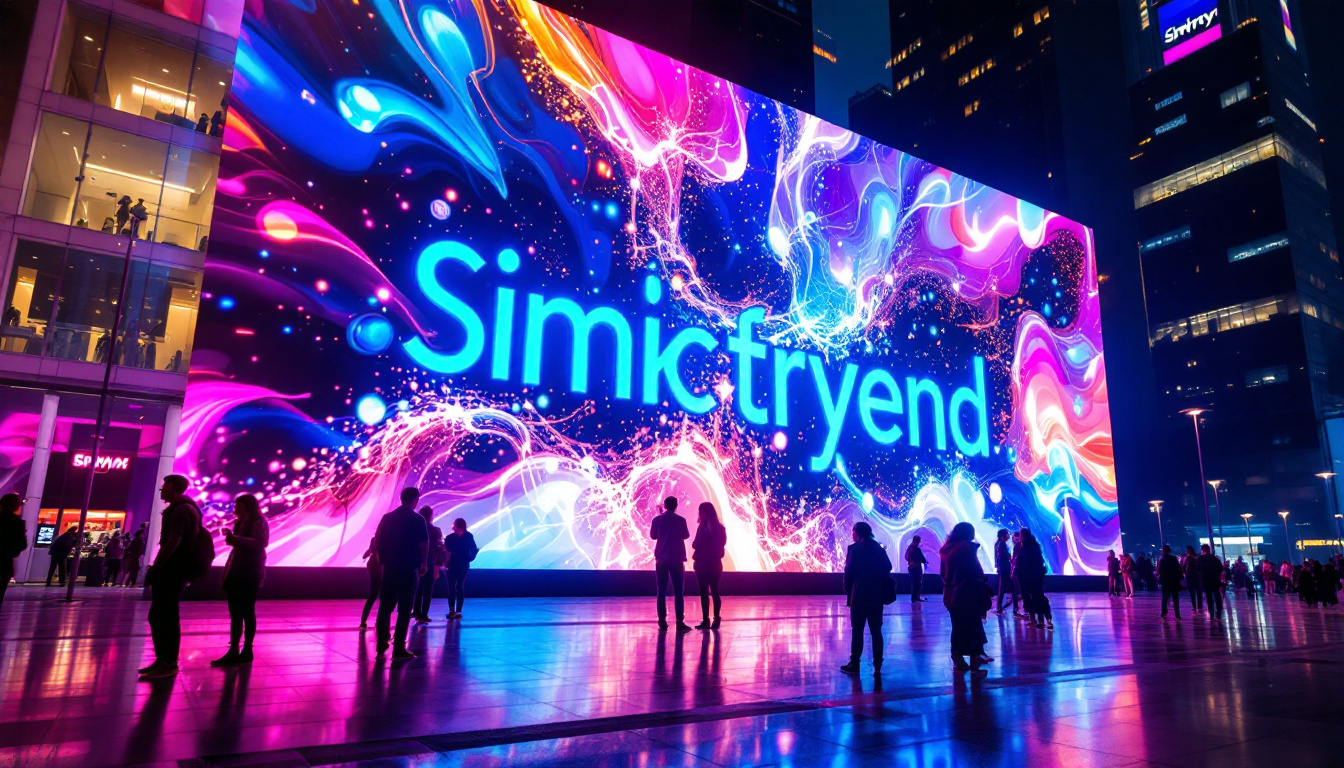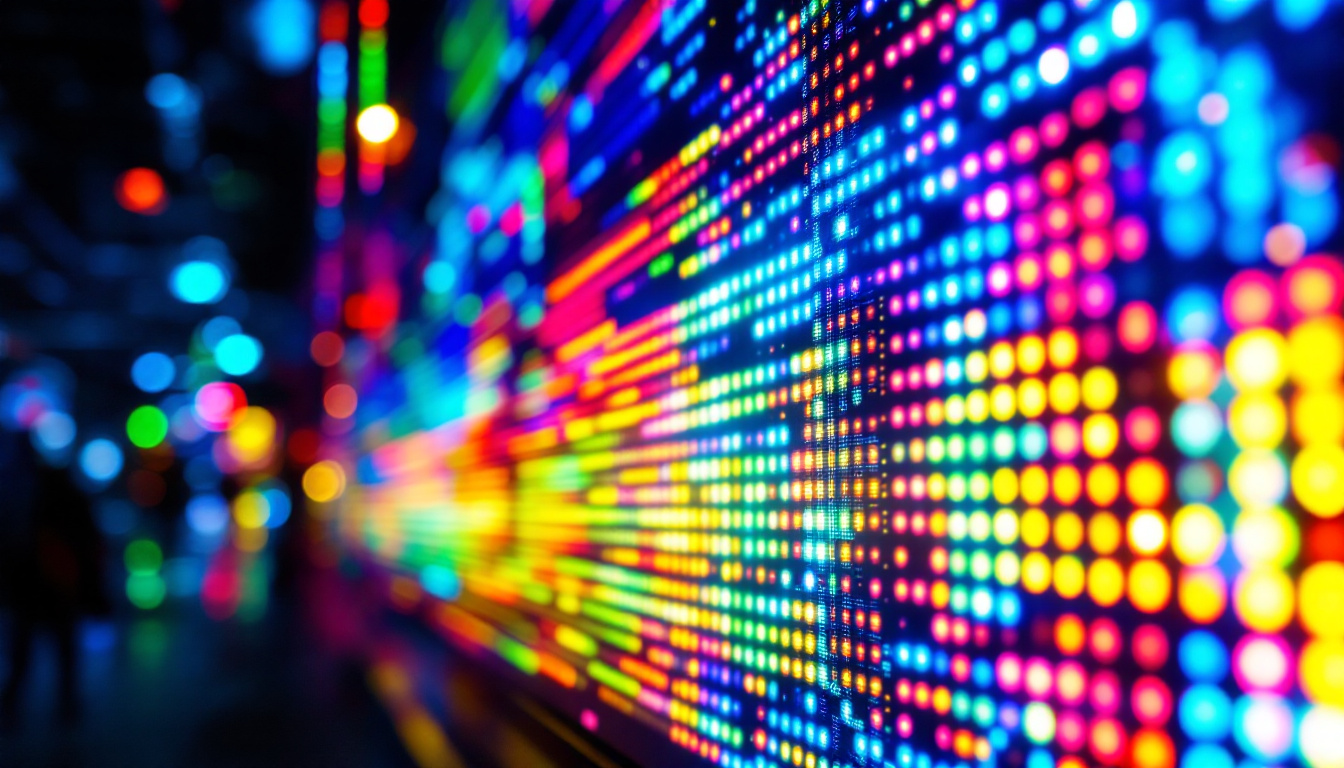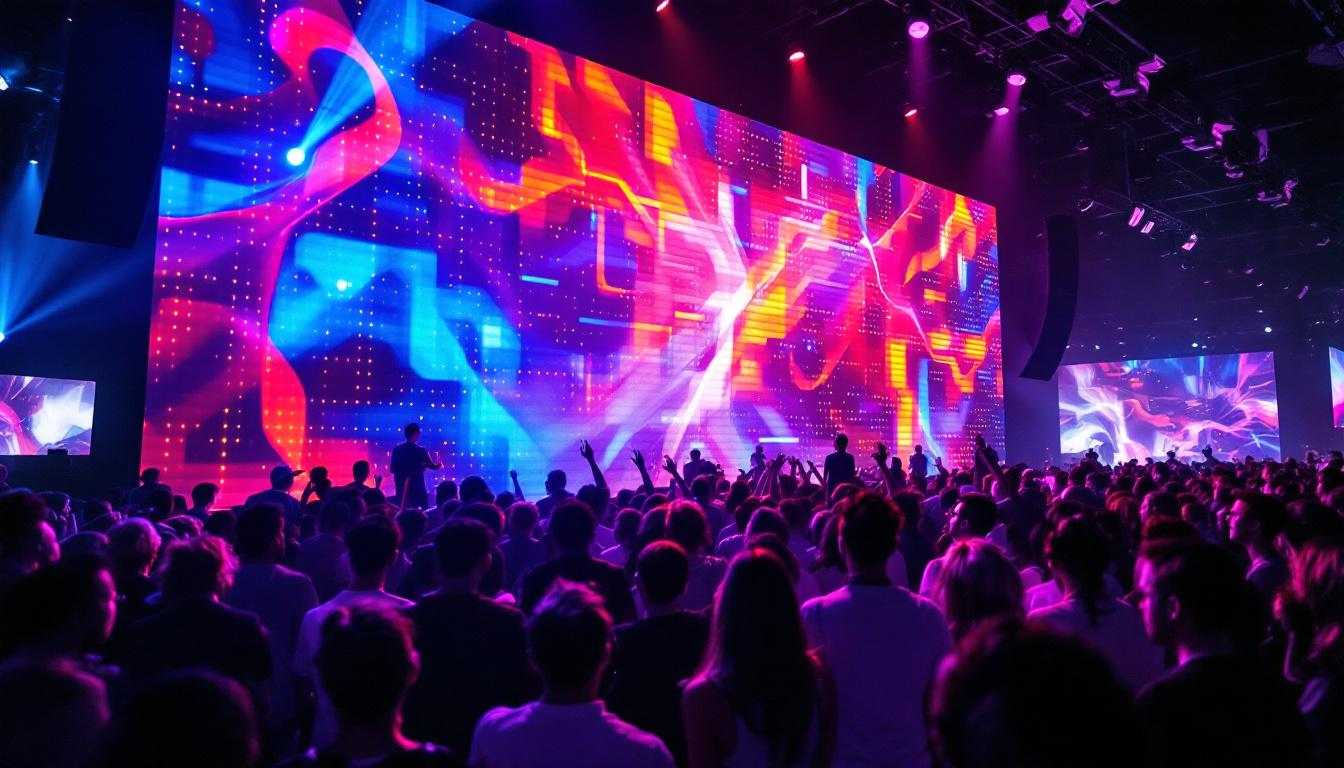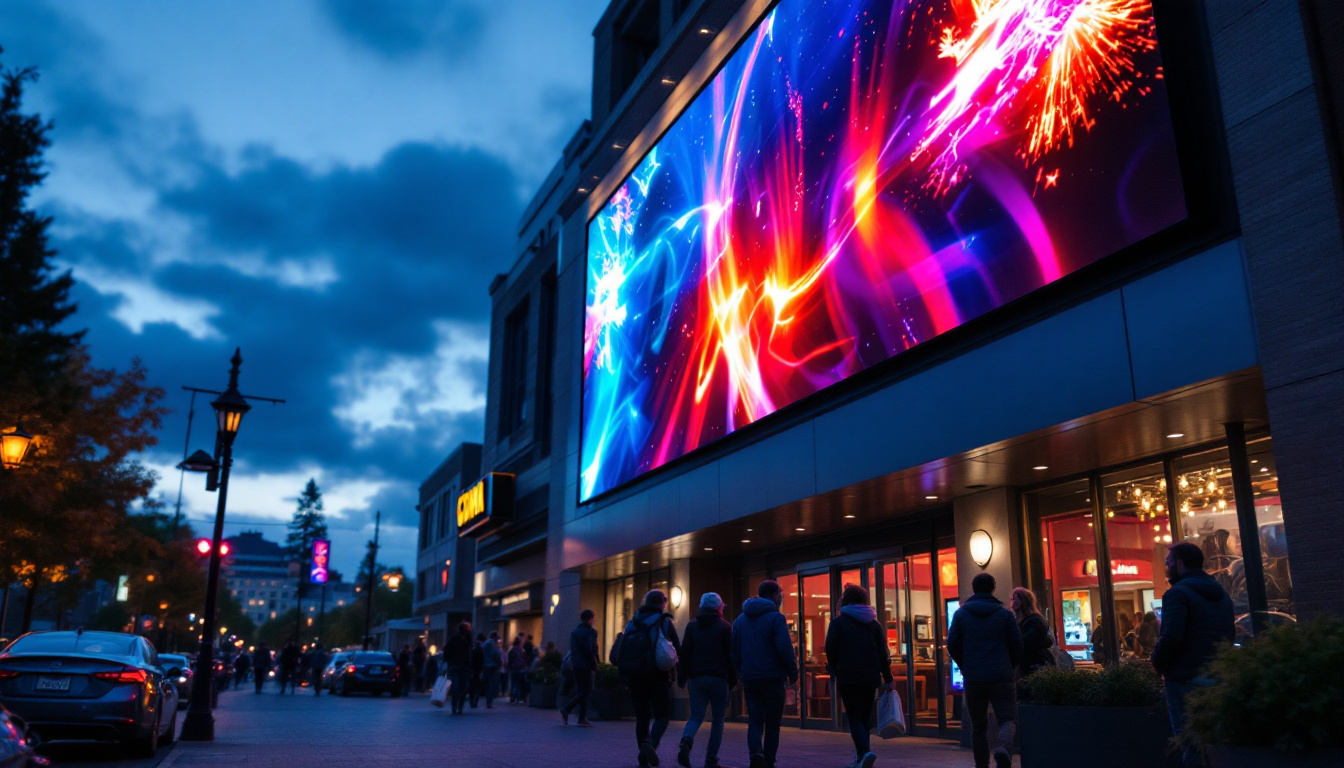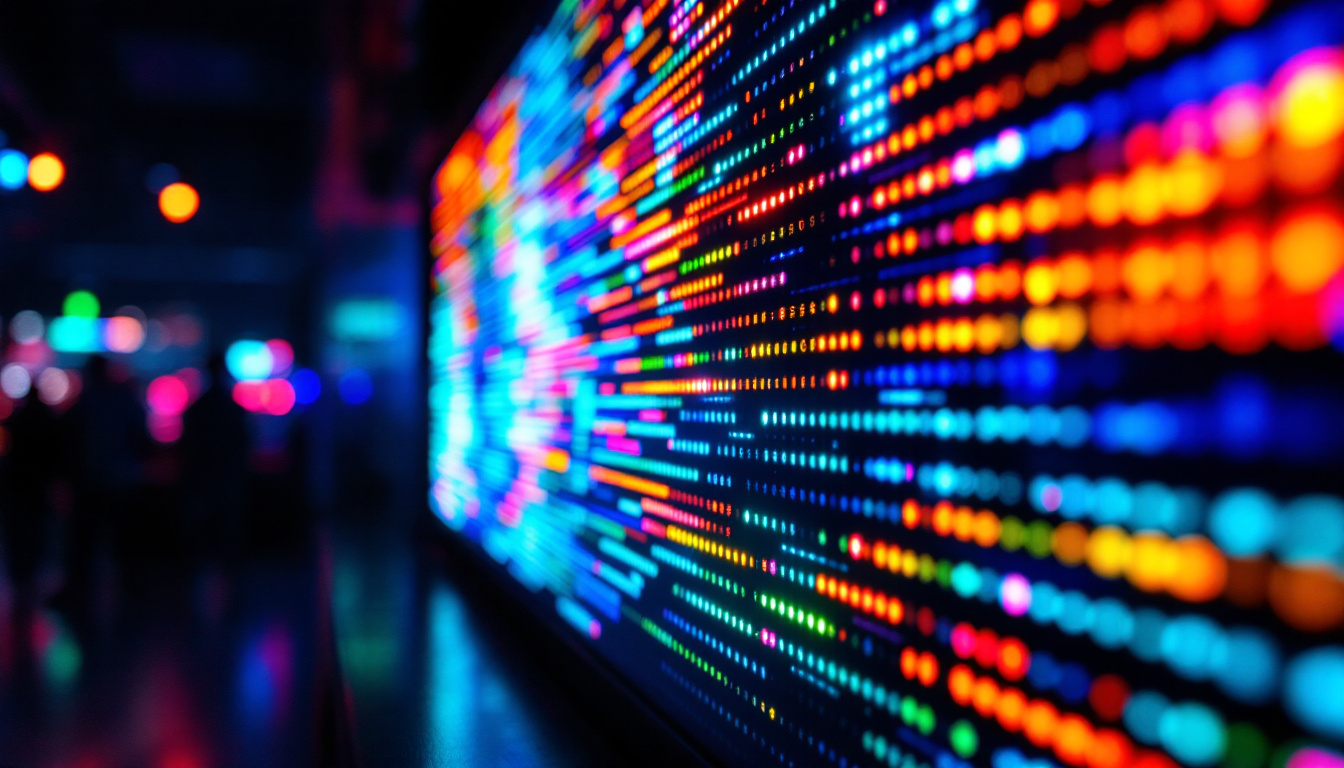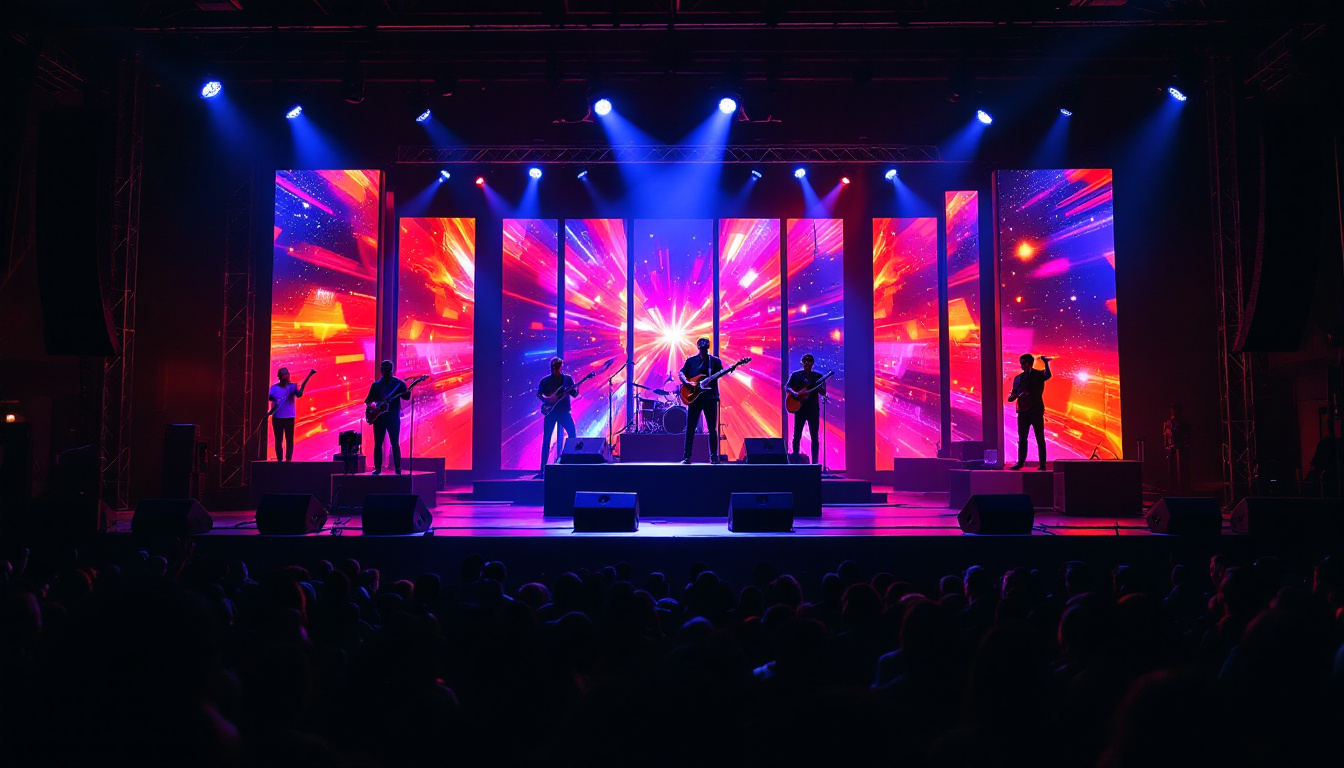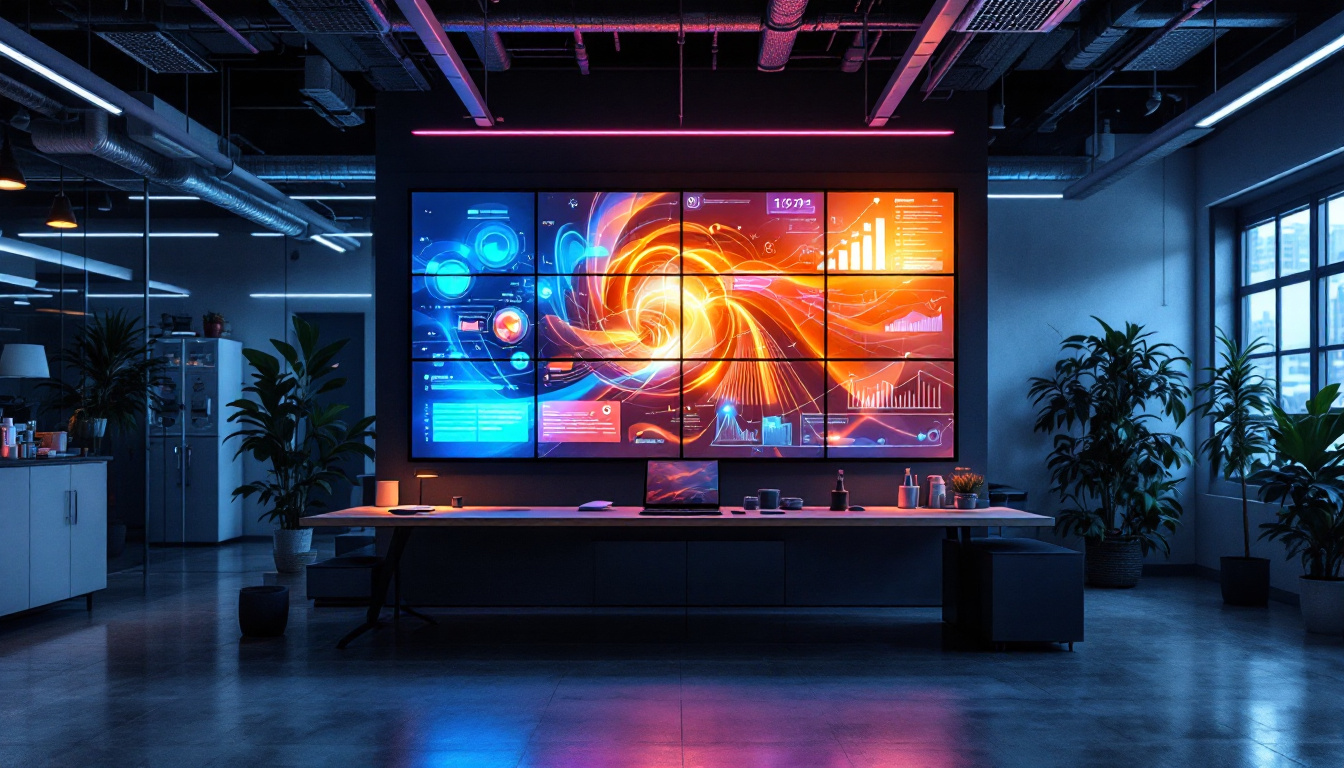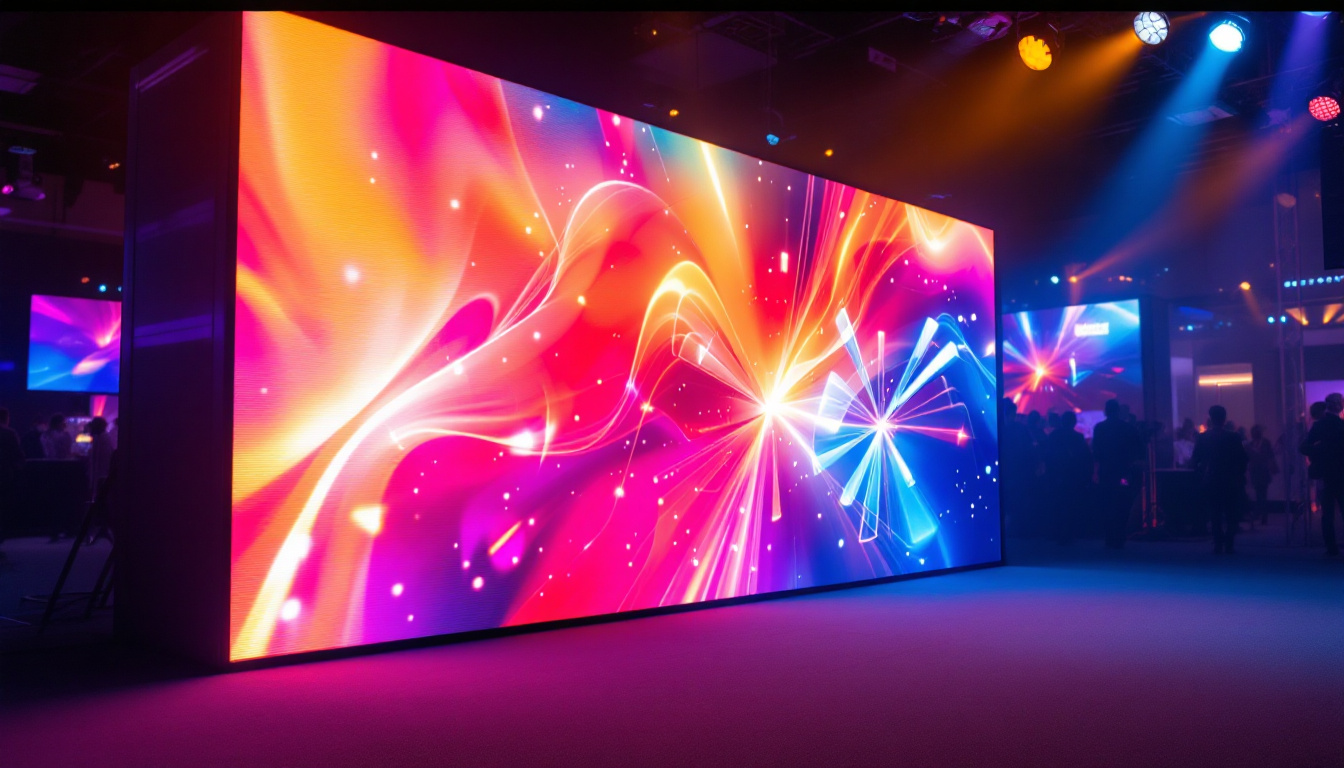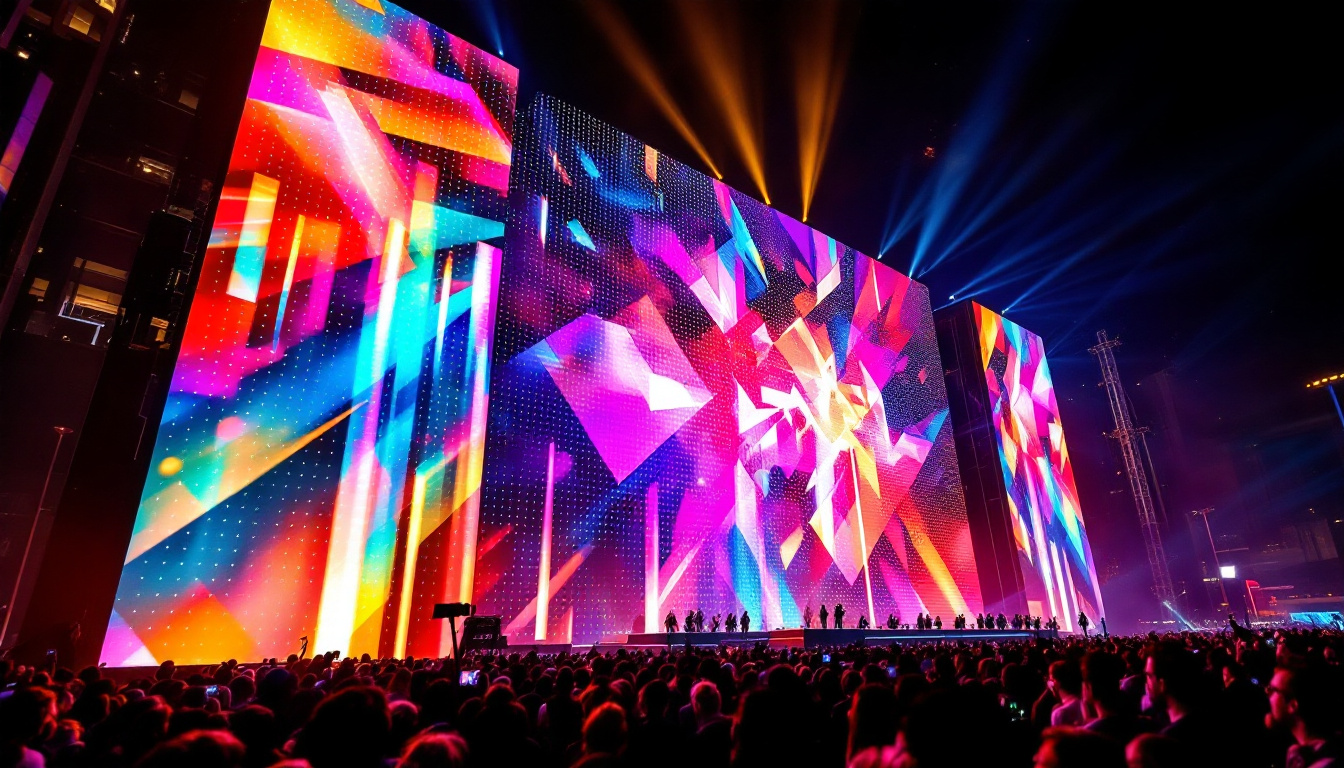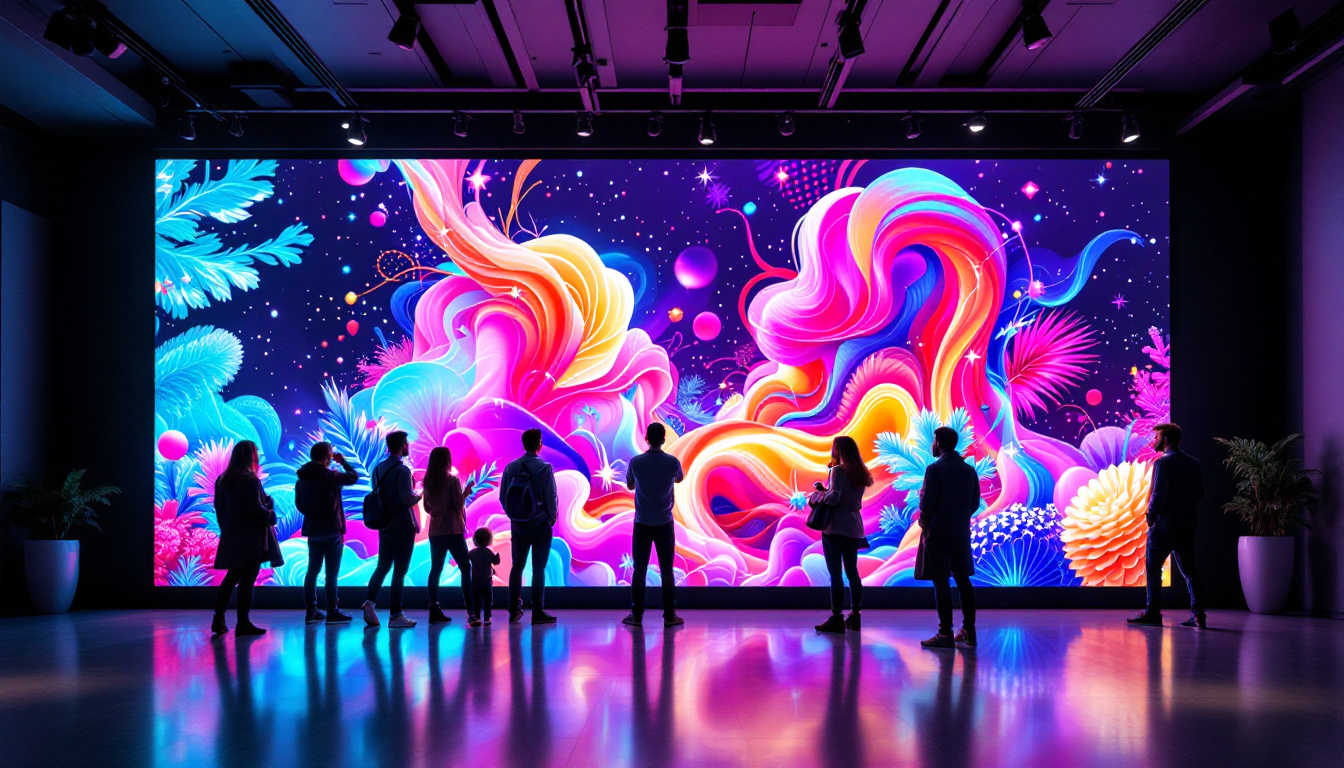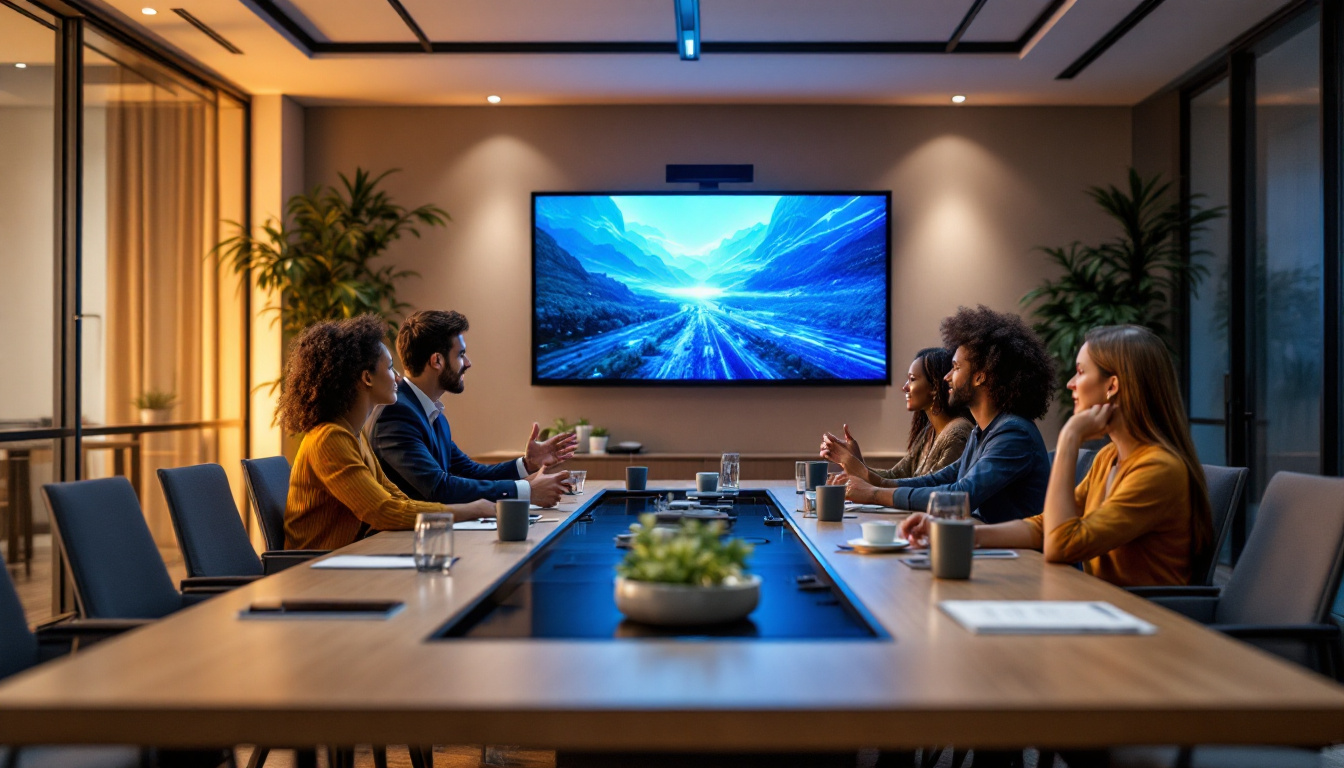In the modern world, public signages play a crucial role in communication, information dissemination, and advertising. Among various types of signages, LED displays have emerged as a popular choice due to their versatility, visibility, and effectiveness. This article explores the significance of LED displays in public signages, their advantages, applications, and future trends.
Understanding LED Displays
LED, or Light Emitting Diode, displays are electronic devices that utilize LEDs to produce images, videos, and text. These displays are characterized by their bright illumination, energy efficiency, and ability to convey dynamic content. Unlike traditional signage, which is often static, LED displays can be programmed to showcase a variety of messages and visuals, making them ideal for public environments.
How LED Displays Work
At the core of an LED display is a matrix of tiny LED lights that can emit different colors. By controlling the intensity of each LED, these displays can create a full spectrum of colors and images. The technology behind LED displays has evolved significantly, allowing for high-resolution images and videos that can be viewed from various angles and distances. The advancements in pixel pitch, which refers to the distance between the centers of two adjacent pixels, have also improved the clarity and detail of the images, making them suitable for close-up viewing.
LED displays can be categorized into two main types: indoor and outdoor. Indoor displays are typically used in malls, airports, and conference centers, while outdoor displays are designed to withstand weather conditions and are often found on billboards, public squares, and transportation hubs. Outdoor displays are often equipped with protective features such as waterproof casings and UV-resistant coatings to ensure longevity and performance in harsh environments.
Advantages of LED Displays
One of the primary advantages of LED displays is their brightness. They are highly visible even in direct sunlight, ensuring that messages reach a wide audience. Additionally, LED displays are energy-efficient, consuming less power compared to traditional lighting methods. This energy efficiency not only reduces operational costs but also contributes to a lower carbon footprint, making LED technology a more sustainable choice for businesses.
Another significant benefit is their flexibility. Content can be easily updated in real-time, allowing businesses and organizations to adapt their messaging based on current events, promotions, or emergencies. This dynamic capability enhances engagement and keeps the audience informed. Furthermore, the ability to integrate LED displays with social media feeds and live data streams allows for interactive experiences that can captivate viewers, encouraging them to engage with the content in meaningful ways. As technology continues to advance, the potential applications for LED displays are expanding, paving the way for innovative marketing strategies and enhanced communication in various sectors.
Applications of LED Displays
LED displays are utilized in a variety of settings, each serving unique purposes. Their adaptability makes them suitable for numerous applications, ranging from advertising to public safety announcements.
Advertising and Marketing
In the realm of advertising, LED displays have revolutionized how brands communicate with consumers. They can display vibrant advertisements that capture attention and convey messages effectively. Retailers often use LED displays to promote special offers, new products, and events, maximizing foot traffic and sales.
Moreover, LED displays can be programmed to change content based on time of day, weather conditions, or audience demographics, allowing for targeted marketing strategies. This level of customization enhances the effectiveness of advertising campaigns. For instance, a clothing store might showcase summer apparel during the warm months while highlighting winter gear as the seasons change, ensuring that their promotions are always relevant and timely.
Additionally, the use of LED displays extends beyond physical retail environments. Online brands are increasingly adopting LED technology for virtual events and pop-up experiences, creating dynamic digital signage that can be viewed from anywhere in the world. This not only broadens their reach but also allows for interactive elements, such as QR codes that lead to special discounts or exclusive content, further engaging potential customers.
Information Dissemination
public institutions, such as transportation hubs and government buildings, utilize LED displays for information dissemination. Train stations and airports often feature LED screens that provide real-time updates on arrivals, departures, and delays. This timely information is crucial for travelers and helps maintain order in busy environments.
Additionally, municipalities use LED displays to communicate important announcements, community events, and emergency alerts. This ensures that residents are informed and can respond appropriately to various situations. For example, during severe weather events, LED screens can provide critical updates and safety instructions, helping to keep the public safe. Furthermore, schools and universities are increasingly adopting LED displays to share news, event schedules, and academic achievements, fostering a sense of community and engagement among students and faculty.
Entertainment and Events
LED displays have become a staple in the entertainment industry, enhancing concerts, sports events, and festivals. Large-scale LED screens are often set up to provide visuals that complement performances, ensuring that audiences have an immersive experience.
Furthermore, event organizers can use LED displays to showcase sponsors, provide live updates, or even display social media feeds, engaging attendees and creating a vibrant atmosphere. The integration of LED technology allows for stunning visual effects, such as synchronized light shows that enhance the overall experience. In addition, LED displays can be employed for interactive experiences, such as audience participation polls or live voting, making events more engaging and memorable. As technology continues to evolve, we can expect to see even more innovative uses of LED displays in entertainment, pushing the boundaries of creativity and audience interaction.
The Future of LED Displays
The future of LED displays looks promising, with advancements in technology paving the way for even more innovative applications. As the demand for dynamic and interactive signage continues to grow, several trends are emerging.
Integration with Smart Technology
One of the most significant trends is the integration of LED displays with smart technology. This includes the use of sensors and data analytics to tailor content based on audience behavior and preferences. For instance, a retail store might use facial recognition technology to display targeted advertisements based on the demographic profile of the individuals nearby.
Moreover, the rise of the Internet of Things (IoT) allows LED displays to connect with other devices, creating a network of interactive signage that can respond to real-time data. This integration enhances the user experience and provides valuable insights for businesses. Imagine walking through a smart city where LED displays not only inform you about local events but also adapt their content based on the weather conditions or traffic patterns, creating a seamless and personalized experience for residents and tourists alike.
Advancements in Display Technology
Technological advancements are also leading to the development of higher resolution displays, such as microLED and OLED technologies. These new display types offer improved color accuracy, contrast, and energy efficiency, making them even more appealing for public signages.
Additionally, the trend toward sustainable technology is influencing the design of LED displays. Manufacturers are focusing on creating energy-efficient products that minimize environmental impact, aligning with the growing demand for eco-friendly solutions. Innovations such as solar-powered LED displays are being explored, which could revolutionize outdoor advertising by reducing reliance on traditional power sources. This not only lowers operational costs but also contributes to a greener planet, appealing to environmentally conscious consumers.
Enhanced Interactivity
As consumer expectations evolve, the demand for interactivity in public signages is increasing. Future LED displays are likely to incorporate touch screens, gesture recognition, and augmented reality features, allowing users to engage with content in new and exciting ways.
This interactivity not only enhances user experience but also encourages longer engagement times, making it a valuable tool for advertisers and information providers alike. For example, an interactive display in a museum could allow visitors to explore exhibits through augmented reality, providing additional layers of information and context. Furthermore, as social media integration becomes more prevalent, users may be able to share their experiences directly from these displays, creating a dynamic feedback loop that benefits both the audience and the content creators.
Challenges and Considerations
Despite the many advantages of LED displays, there are challenges and considerations that must be addressed. Understanding these factors is essential for organizations looking to implement LED signage effectively.
Cost Implications
While the cost of LED technology has decreased over the years, initial investment for high-quality LED displays can still be significant. Organizations must weigh the upfront costs against the long-term benefits, considering factors such as energy savings and increased customer engagement.
Additionally, maintenance and repair costs should be factored into the overall budget. Regular upkeep is necessary to ensure that displays remain functional and visually appealing.
Content Management
Another challenge lies in content management. With the ability to display dynamic content, organizations must have a robust system in place to create, schedule, and update messages efficiently. This requires dedicated personnel or software solutions to ensure that content remains relevant and engaging.
Furthermore, organizations must consider the legal and ethical implications of their messaging, ensuring that it adheres to advertising regulations and community standards.
Environmental Impact
While LED displays are more energy-efficient than traditional signage, their environmental impact cannot be overlooked. The production and disposal of electronic components can contribute to e-waste, prompting organizations to consider sustainable practices in their signage strategies.
Implementing recycling programs and choosing manufacturers that prioritize sustainability can help mitigate these concerns and promote responsible usage of LED technology.
Conclusion
LED displays have transformed the landscape of public signages, offering a dynamic and effective means of communication. Their versatility, visibility, and ability to convey real-time information make them an invaluable tool for businesses, public institutions, and event organizers alike.
As technology continues to advance, the future of LED displays holds exciting possibilities, including enhanced interactivity, integration with smart technology, and improved sustainability. While challenges exist, the benefits of LED displays far outweigh the drawbacks, making them a smart investment for any organization looking to enhance its public signage strategy.
In a world where information is constantly evolving, LED displays stand out as a beacon of innovation, driving engagement and ensuring that messages reach their intended audience effectively.
Illuminate Your Message with LumenMatrix
Ready to elevate your public signage with the dynamic and interactive capabilities of LED displays? Discover LumenMatrix’s innovative solutions tailored to your needs. From vibrant Indoor LED Wall Displays to robust Outdoor LED Wall Displays, and from versatile Vehicle LED Displays to engaging LED Sports Displays, our offerings are designed to captivate your audience and amplify your brand’s presence. Embrace the future of visual communication with LumenMatrix’s cutting-edge technology. Check out LumenMatrix LED Display Solutions today and transform your messaging into an immersive visual experience.

